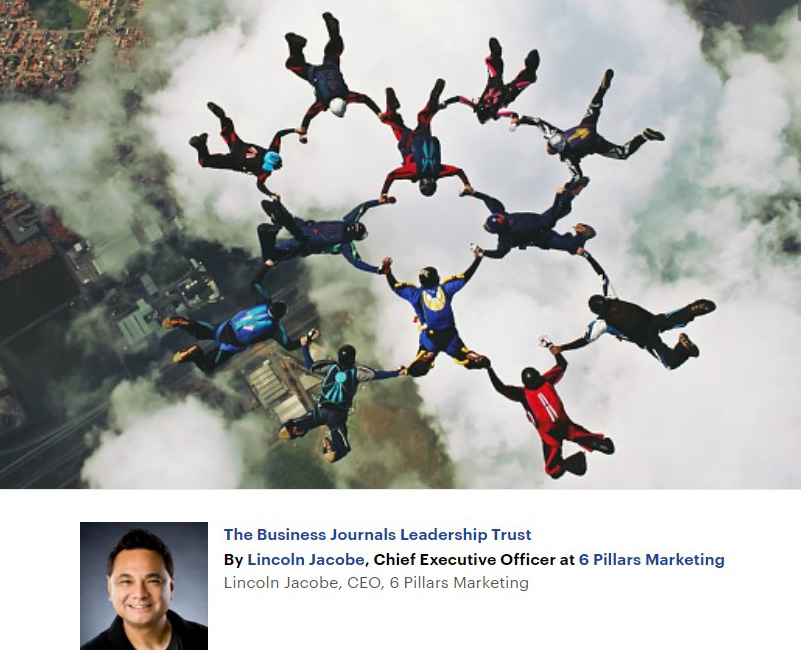Why your business needs experiential marketing
If you still doubt that experiential marketing can make a difference for your brand, you likely haven’t come to truly understand this unique strategy. Also known as engagement marketing, the approach calls for businesses to make emotional connections with consumers in a more personal, authentic and sometimes subtle manner, as compared to traditional marketing.
With experiential marketing, there is less hard selling and more showing, sharing and caring — a concept that may seem counterintuitive to some business owners. So why do it? Done properly, engagement marketing can provide many benefits, including making longer-lasting impressions, boosting brand awareness, priming prospects for purchase and increasing brand loyalty.
A flourishing strategy
Gone are the days when companies spoke through one-dimensional advertising campaigns and prospects could only listen. Today, consumers want to comment, click, react and interact with brands. When attending live events, attendees enjoy being more than spectators.
Yet, experiential marketing is not an entirely new concept — think door-to-door vacuum salesmen, car dealership test drives and grocery store samples. We’ve always known the value of having consumers interact with our products. However, today’s experiences are designed to be fun and memorable in unexpected ways.
Plus, cross-channel experiential marketing campaigns are taking the strategy to a whole new level. Today, a brand can easily maximize a live event or in-person experience by extending it to online audiences through live streaming, social media campaigns, well-matched influencers and more. In fact, according to recent research from EventMarketer, more than 63% of event marketers use a virtual platform for hybrid experiences attached to in-person events.
Simple, elaborate and everything in between
Experiential marketing comes in many shapes and sizes and can serve the needs of all types of businesses. Whether a large company or small, your experiential marketing goal is to bring your brand to life while making customers feel something about your products and services.
Over the years, I’ve seen that the sky’s the limit for mega brands with great resources. Consider “extreme” energy drink brand Red Bull, which executed its famous “Stratos” experiential campaign featuring an extreme skydive from the stratosphere to earth while millions of viewers watched live online. Or Coca-Cola’s FIFA World Cup augmented reality experience that allowed fans to “play” alongside a star athlete.
However, experiential marketing is not exclusively available to the world’s largest brands. Effective campaigns can be achieved with far smaller budgets. Even on a shoe-string budget, small business owners can tap into their own expertise and offer low-cost experiences, such as a “how-to” workshop held in a fun location on a subject important to a target audience — perhaps teaching prospects how to cook a special dish, write a winning resume or design jewelry. These hands-on experiences can be live-streamed to expand reach, and micro-influencers interested in in-kind trade can dramatically increase impressions and engagement.
Creating memorable, unique and creative experiences
As a brand’s confidence in experiential marketing grows, so can its campaigns. Since people around the world feel a deep connection to music, it can serve as a wonderful foundation for experiential marketing. Over the years, our company has produced a series of free summer concerts held in the middle of major retail stores. Guests can enjoy product samples, win prizes and interact with brand ambassadors while being treated to a mini in-store concert. Weaving sampling into entertaining brand experiences is a savvy way to connect your products with consumers.
Another example: After creating a new slogan and brand design to help one of our global beverage clients grow deeper roots in our market, we produced a custom vehicle wrap and took the message on the road. Brand ambassadors conducted fly-bys to give out samples and conduct blind tastings at beaches and parks instead of the usual grocery store venues. These personal encounters gave the brand a stronger footing among local consumers who otherwise felt disconnected from the mega brand.
Experiential marketing can also benefit brands in more formal lines of business. We once helped a bank client get more bang for its buck when giving away a vehicle following its sweepstakes campaign promoting a new product. Instead of simply drawing the winning name behind the scenes, we created a live experience with the five finalists in the bank lobby, building suspense as each one approached the vehicle with a potentially winning key fob. The excitement was captured on video and shared on social media for added exposure. The campaign effectively helped raise top-of-mind awareness about the bank’s new product, while also presenting the bank as approachable and fun.
Getting started
Brands can discover many ways to make an unexpected or planned appearance in a wide variety of physical or virtual venues. However, an existing live event (yours or a third party’s) can be an ideal place to start experimenting with experiential marketing. Just remember that simply displaying banners and billboard ads is no longer enough. Instead, aim to incorporate new and unique levels of interaction between your brand and attendees, and be sure that your plan is designed to resonate with your target audience.
Demand for live events and unique experiences continues to grow, and it’s a great time to add this dynamic strategy to your marketing plan.
Read this article originally published in bizjournals.com

